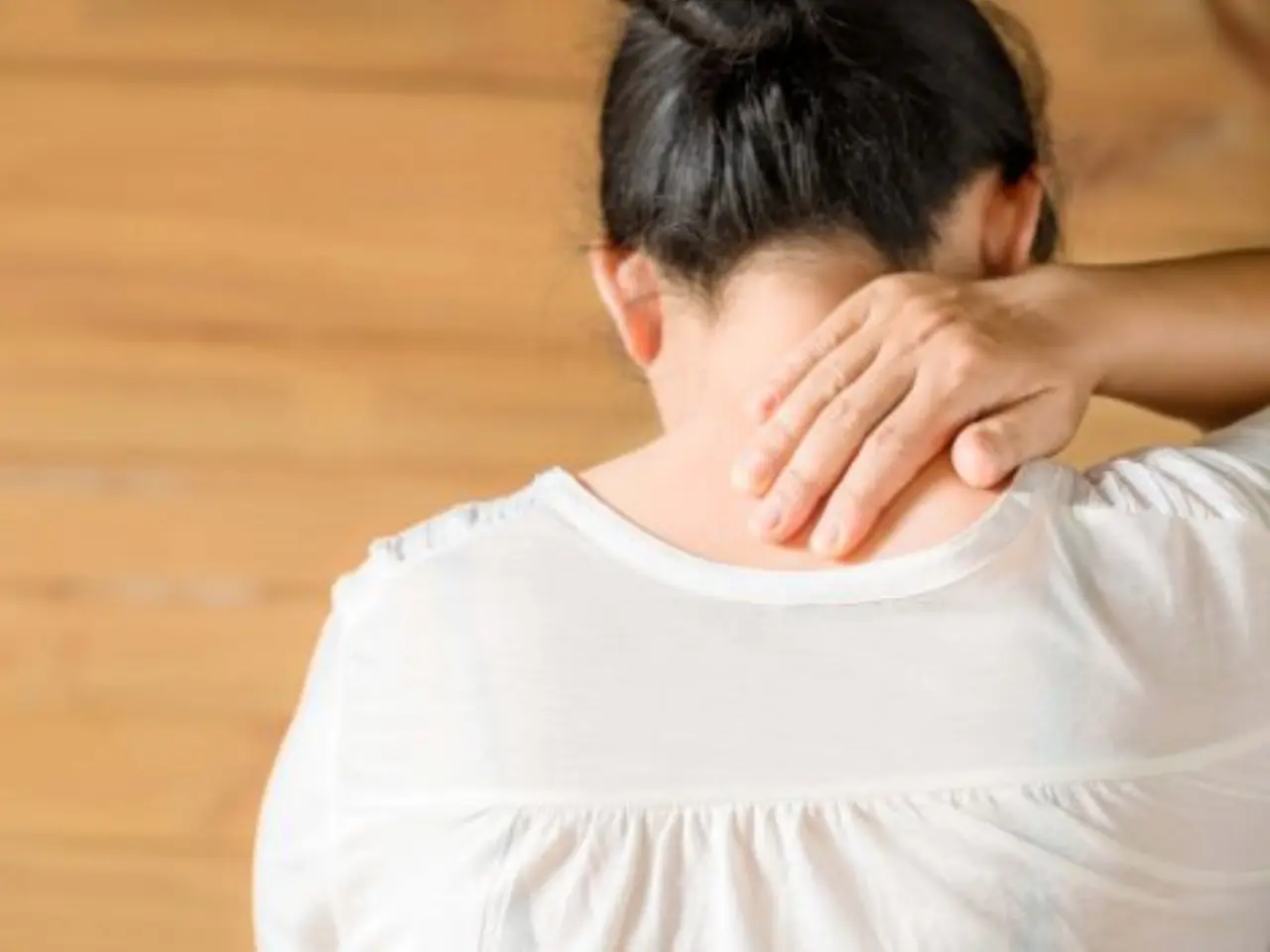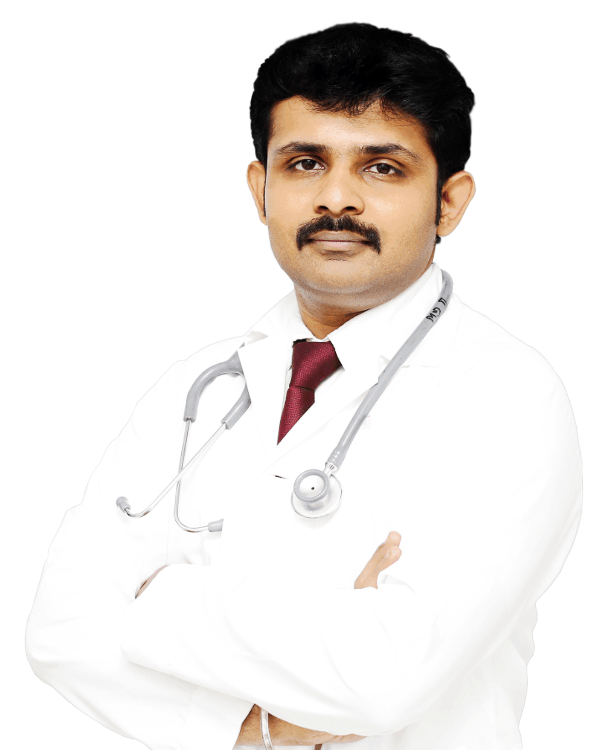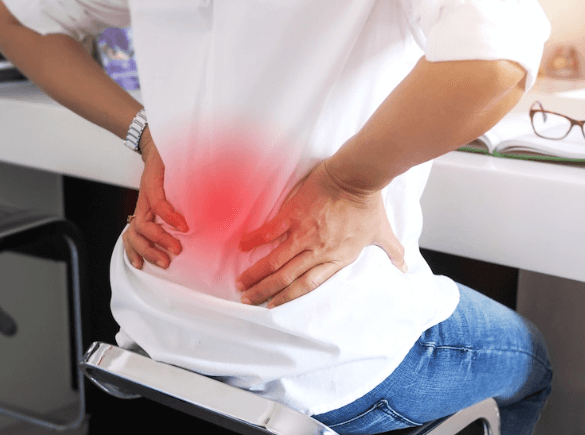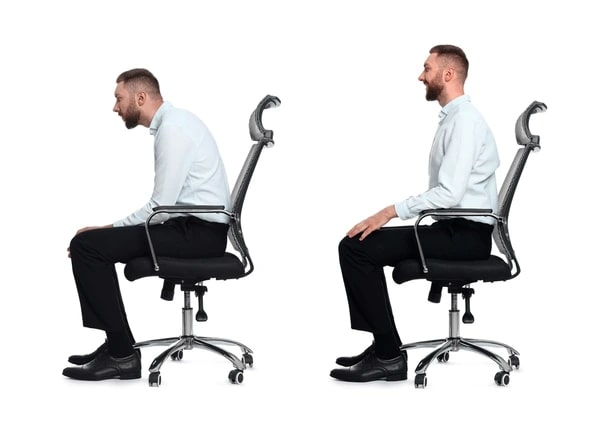Scoliosis, a condition characterized by an abnormal curvature of the spine, affects millions of people worldwide. While the most noticeable effects of scoliosis often involve the curvature of the spine itself, many individuals with scoliosis also experience secondary symptoms, including neck pain.
Many are familiar with the characteristic “C” or “S” shaped curvature of the spine associated with Scoliosis. But did you know that Scoliosis can also affect your neck, leading to a different yet potentially debilitating condition called Scoliosis Neck Pain?
This blog post, courtesy of Dr. Vignesh Pushparaj, a leading Scoliosis Treatment Doctor in Chennai, explores the connection between Scoliosis and neck pain, outlining its causes, symptoms, treatment options, and tips for managing the condition.
How Scoliosis Affects the Spine:
Scoliosis refers to an abnormal sideways curvature of the spine, disrupting its natural alignment. This curvature can occur anywhere along the spine, including the cervical (neck) region.
Depending on the location and severity of the curve, Scoliosis can put undue stress on the muscles, nerves, and joints of the neck, leading to pain and discomfort.
Factors Contributing to Neck Pain in Scoliosis:
- Muscle strain and imbalances: Due to the altered biomechanics caused by Scoliosis, certain muscles in the neck and shoulders become overworked, while others become weak, leading to imbalances and potential pain.
- Nerve compression: Misalignment of the vertebrae in Scoliosis can put pressure on the nerves exiting the spinal canal, causing pain, numbness, or tingling in the arms and hands.
- Reduced range of motion: Scoliosis can limit the mobility and flexibility of the cervical spine, making it difficult to turn or tilt your head freely, further contributing to discomfort.
- Compensatory curves: Sometimes, the body develops additional curves above or below the primary Scoliosis curve to try and compensate. This can put additional strain on the neck and contribute to pain.

Symptoms of Scoliosis Neck Pain:
- Sharp or aching pain in the neck and shoulders.
- Headaches and dizziness.
- Stiffness and reduced flexibility in the neck.
- Difficulty maintaining a neutral head position.
- Numbness or tingling in the arms or hands.
Treatment Options for Scoliosis Neck Pain
Conservative Treatments:
Many cases of Scoliosis Neck Pain can be managed effectively with non-invasive approaches:
- Physical therapy: A physical therapist can design personalized exercises to improve flexibility, strengthen muscles, and enhance posture, alleviating pain and preventing further problems.
- Pain management: Medications, heat/ice therapy, and massage therapy can provide temporary relief and manage pain symptoms.
- Ergonomic modifications: Adjusting your workstation setup to minimize neck strain and promote good posture can significantly reduce discomfort.
Advanced Treatments:
In some cases, depending on the severity and cause of the pain, your doctor may recommend:
Bracing: In specific cases, a custom-designed brace can help support the spine and improve alignment, reducing pressure on the neck.
Scoliosis Neck Pain Exercises:
- Gentle neck stretches and rotations to improve flexibility and range of motion.
- Strengthening exercises for neck and shoulder muscles to improve stability and support.
- Posture-corrective exercises to maintain proper alignment and prevent further strain.
Consistency and proper form are essential when performing these exercises to maximize their effectiveness and minimize the risk of injury.
Living with Scoliosis Neck Pain
Living with Scoliosis Neck Pain doesn’t have to limit your life.
Here are some tips for managing the condition and maintaining well-being:
- Maintain good posture throughout the day: Be mindful of your posture while sitting, standing, and sleeping. Use ergonomic aids and practice postural awareness exercises.
- Regular exercise and stretching: Engage in regular physical activity and stretching routines specifically designed for Scoliosis and neck pain.
- Manage stress and promote relaxation: Stress can exacerbate pain. Practice relaxation techniques like deep breathing or meditation to manage stress levels.
- Regular follow-up with your doctor: Schedule regular checkups with your doctor, like Dr. Vignesh Pushparaj, a renowned Scoliosis Treatment Doctor in Chennai, for monitoring your condition, adjusting treatment plans, and addressing any concerns.
Scoliosis Treatment Doctors in Chennai
In addition to Dr. Vignesh Pushparaj, Chennai boasts a diverse range of doctors specializing in scoliosis treatment. Whether seeking surgical intervention or non-invasive therapies, individuals can find reputable professionals to address their specific needs.
It’s essential to consult with qualified experts to receive tailored treatment and guidance.
Conclusion:
Scoliosis Neck Pain can be a worrying and unpleasant experience. However, with proper understanding, early diagnosis, and the right treatment plan, you can manage your pain and live an active and fulfilling life.
If you’re struggling with Scoliosis Neck Pain, don’t hesitate to seek professional help from a qualified Scoliosis correction surgeon in Chennai like Dr. Vignesh Pushparaj.
Remember, early intervention and personalized treatment are key to effectively managing Scoliosis Neck Pain and preventing further complications.
Schedule an appointment with Dr. Vignesh Pushparaj today and take control of your neck pain, reclaim your well-being, and live life to the fullest!






0 Comments